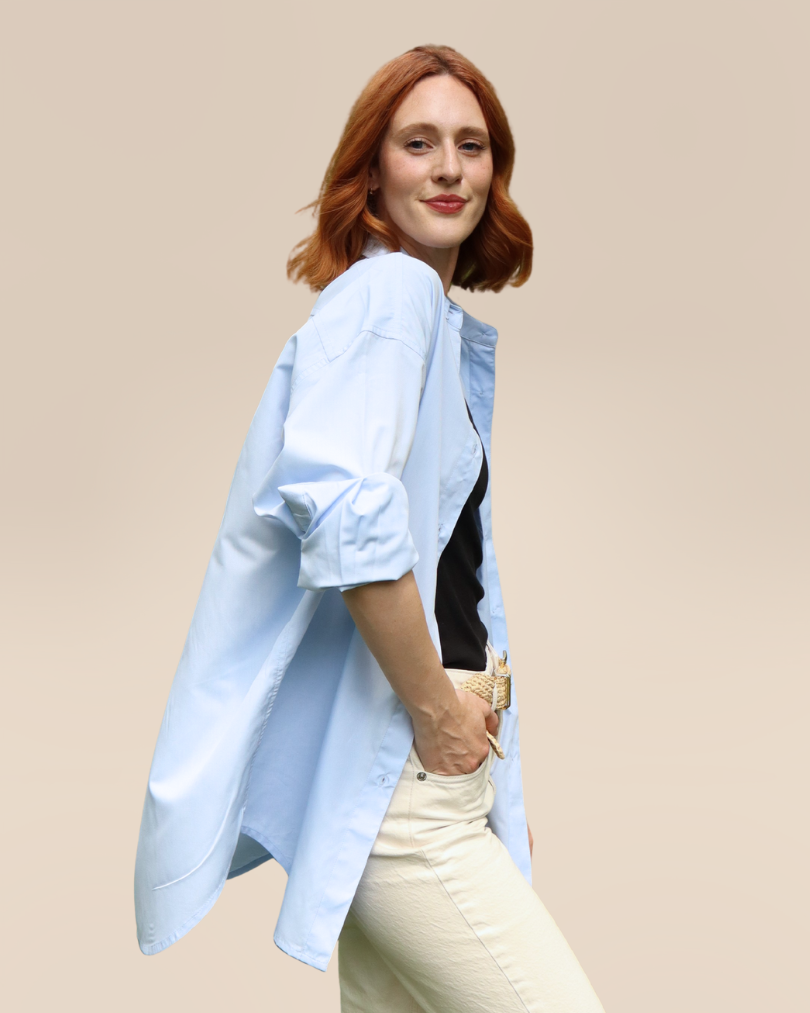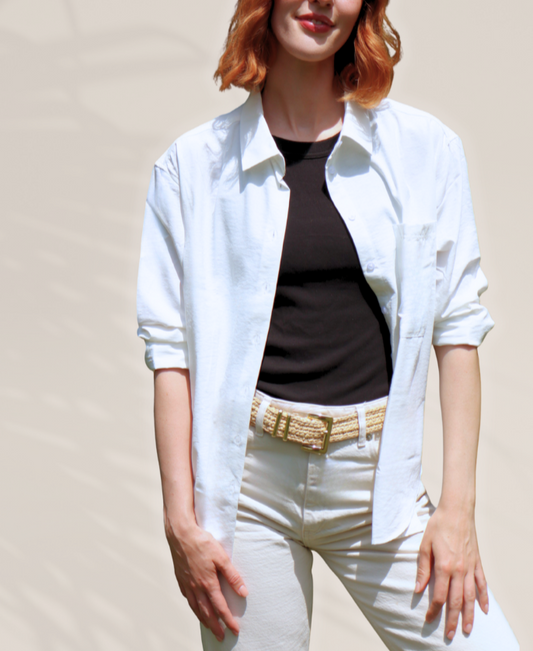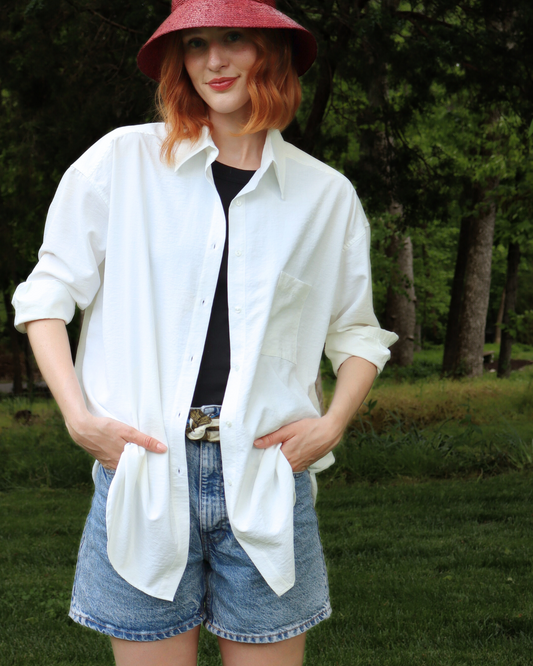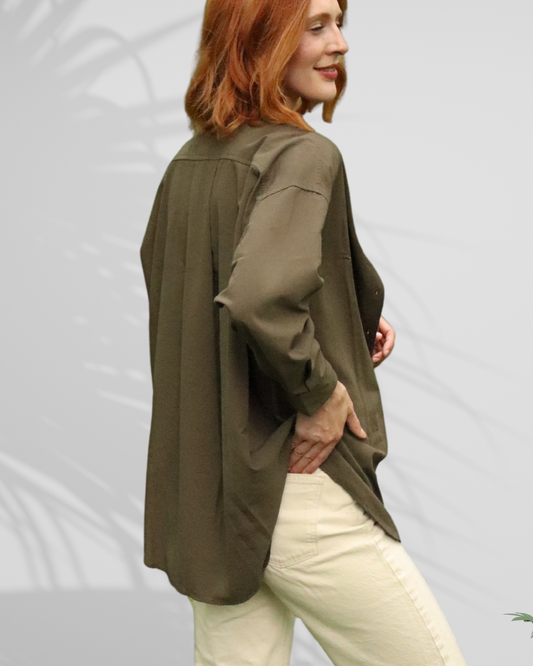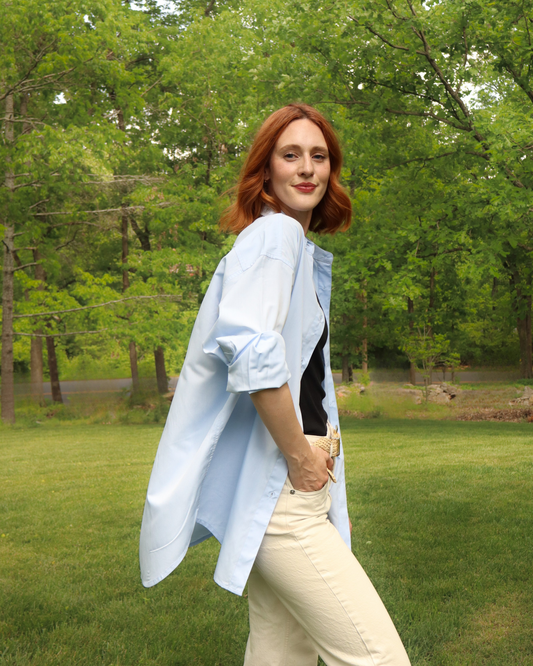What to Look for in UPF Clothing
Most people buy UPF clothing thinking it’s all the same — a label, a fabric, a number. But not all protection is equal. The truth is, what separates effective UPF clothing from everything else isn’t just science, it’s design. From the weave of the fabric to how it moves against your skin, each detail changes how well it shields you. Here’s what really matters when choosing UPF clothing — and how to tell what’s worth trusting.
Here’s what actually makes a difference when choosing UPF clothing — and how to know what’s worth your investment.
1. A Proven UPF Rating
UPF — Ultraviolet Protection Factor — measures how much UV radiation passes through fabric. A UPF 50 garment blocks 98% of UV rays; UPF 30 blocks about 96.7%. Anything below 15 offers little protection.
2. The Right Fabric Composition
Fabric structure determines how much light makes it through.
- Weave or knit density: Tighter is better. Looser or sheer fabrics allow UV rays to pass through microscopic gaps.
- Fiber type: Synthetics like polyester, nylon, and elastane usually outperform untreated natural fibers like cotton or linen in UV protection.
- Weight and texture: Heavier fabrics generally block more UV, but newer technical textiles manage to balance coverage with breathability.
3. Color and Chemical Finish
Color plays a measurable role in UV protection. Darker or more saturated hues absorb UV radiation better than pale or pastel shades.
Certain fabrics are also treated with UV-absorbing dyes or finishes that boost their protective qualities. These finishes can degrade with washing, so durability claims matter — look for brands that state how long their UPF lasts.
4. Coverage and Fit
Even the best fabric can’t protect what it doesn’t cover. Longer sleeves, higher necklines, and relaxed silhouettes reduce the amount of exposed skin.
Stretching matters too: as fabrics pull taut, their fibers separate, lowering UPF. A slightly looser fit typically retains better protection and keeps you cooler — comfort you’ll actually want to wear all day.
5. Durability and Testing Transparency
UPF isn’t forever. Over time, UV exposure, laundering, and friction can weaken fibers and fade color, reducing protection.
That’s why transparency matters — Look for garments labeled with a UPF 50+ rating verified by an independent lab.
6. Real Protection, Not Just Marketing
Phrases like “sun-safe” or “UV resistant” don’t mean much without numbers or testing. The most reliable pieces state:
- The exact UPF value (e.g., UPF 50+)
- Whether it’s been tested wet/dry and stretched for UPF that will be used in water
- Which standard the test was run against
These details aren’t extra — they’re the evidence that the clothing truly works.
The Takeaway
The best UPF clothing should do three things well:
- Protect — through tightly woven, tested, high-UPF fabrics.
- Last — maintaining coverage through wear and washes.
- Feel right — soft, breathable, and beautiful enough to wear anywhere.
Because true sun protection isn’t about covering up. It’s about simplifying your routine — with pieces that work quietly, beautifully, and reliably.
At Some Sun, we 3rd party lab test and certify our fabrics for accurate UPF ratings, according to the American Standard. Our UPF is built-in, which means we don't use any chemical washes-- meaning your UPF rating won't wash out in the wash. Shop our cute UPF styles.
Scientific Sources
- The Skin Cancer Foundation – Sun Protective Clothing Guidelines
- Cleveland Clinic – Does Sun Protection Clothing Actually Work?
- MD Anderson Cancer Center – 7 Things to Know About UPF, Sun Protection, and Clothing
- NIH / PubMed – UV Protection and Textile Science Review
- Scientific Reports – Effect of Textile Structure and Color on UV Transmission
- Textile World – UPF in Textiles: What You Need to Know
- SAGE Journals – Durability of UV Protection Finishes in Fabrics
